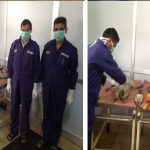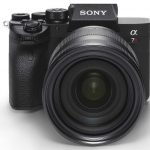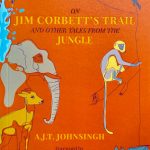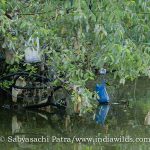Canon EOS 80D Review
Canon had announced the EOS 80D in the month of February 2016. Since April this camera is available in the market. Following is the hands-on-experience with this camera.
The Canon EOS 80D is a successor to the Canon EOS 70D. Whereas the Canon EOS 70D had 20.2 megapixels, the EOS 80D has 24.2 Megapixel APS-C sized sensor.
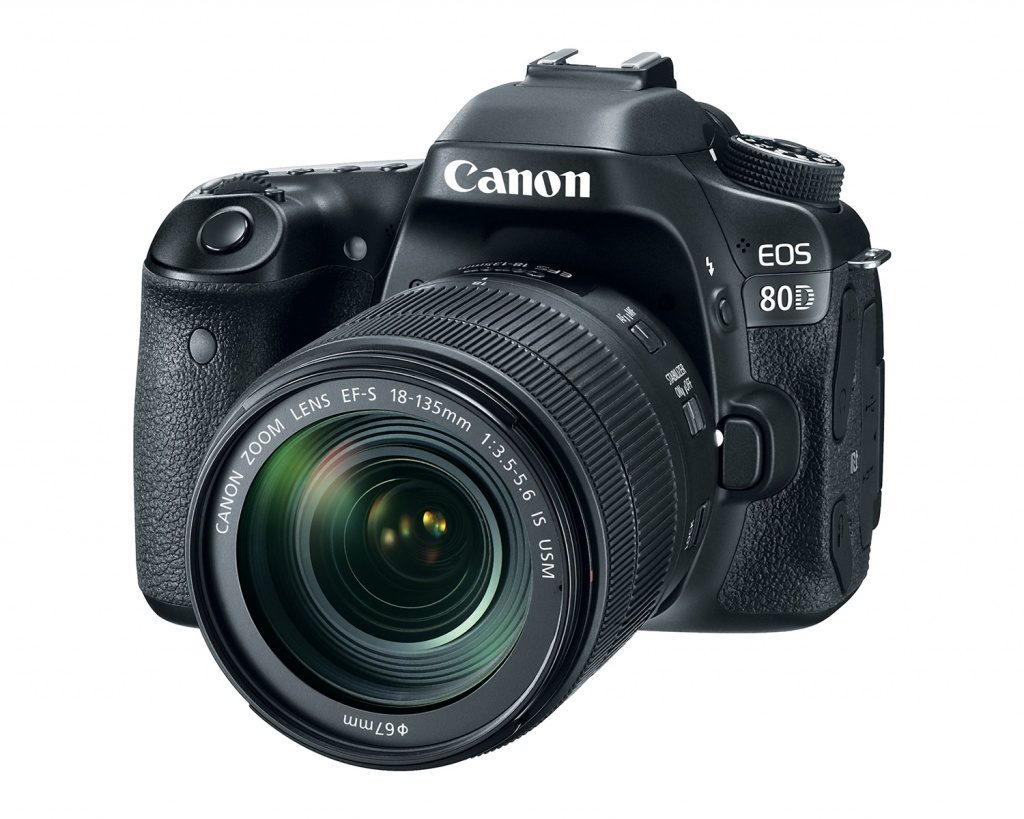
Canon EOS 80D Review
The form factor remains similar to the previous EOS 70D. The size and weight is less and hence if you are in a trek then this camera slung around your neck is going to hurt less than the professional 1DX II.

Crocodile in Sunderbans
Autofocus:
The 70D was the first camera to feature the Dual-pixel AF of Canon and many videographers took up this camera for use in steadicam and handheld gimbals due to the autofocus. I am happy to find the EOS 80D has a better autofocus than the previous version.
The EOS 70D had a 19 point autofocus for stills shooting. The EOS 80D has a 45 point AF for stills and these 45 points are all cross type sensors. Out of these there are 27 AF points which can focus with teleconverters at f8 aperture. It might be pertinent to remind people that the previous generation top of the line professional camera EOS 1DX when it was launched in 2012 didn’t have the ability to focus at f8. So wildlife photographers were particularly upset as they were unable to use AF when the telephoto lenses had teleconverters making it f8 aperture. With the prosumer 80D camera having the ability to autofocus at f8, one can realise how far Canon has come. So now you can use your lens say a 100-400 plus a 1.4x TC to shoot at 560mm optical focal length at f8. Similarly if you have a 500mm f4 lens and you want to use a 2x converter, then you can AF with the 80D at 1000mm at f8. Many people are likely to use this feature. I tried it and found the autofocus to be quite accurate.

One can also use the excellent Dual-pixel AF for stills shooting in live view mode. And more interestingly you can just touch the touch screen and lock focus on your subject. So no more fiddling the dial to place the right autofocus point on your subject. So you are going to save much more time. This is a fantastic feature in my opinion. This is one of the reasons why I bought this camera for my production house as a back up for stills. The main stills camera being the 1DX II.
Vari-angle LCD Screen:
One of the reasons why the focusing is so easy is because of the LCD screen which has 1.04m dots and is 3 inches in size. I love the fact that the screen is foldable and one can set the screen at variable angles based on your shooting. So if you are crawling in the mud to get the lower angle, now you can just place the camera on the ground with the screen at an angle to shoot. However, this vari-angle screen was present in the previous version ie. EOS 70D as well. With the improvement in AF, this feature makes the EOS 80D a very handy camera. I wish the EOS 1DX II had such a variable angle screen.

The pentaprism of the previous EOS 70D ensured 98% viewfinder coverage. Now with the EOS 80D you get 100% coverage. So in essence what you see through the viewfinder while clicking is what you get in the frame.
7 FPS
The Canon EOS 80D can click photos at 7 frames per second. Though my EOS 1DX II has got ability to shoot at 14fps, I always believe that you have to know when to shoot. If you understand the behaviour of your subject then you don’t need to spray and pray. 7 fps is good enough for many wildlife applications. Just think before you shoot. The more garbage you shoot then more time you need to edit and find out the right shots. So be careful before you “fire”.

Deer in Sunderbans
Highlight Rendering
I find the 80D raw still files to have nice dynamic range. Even pulling up the exposure for against the light situations works very well.
High ISO:
The EOS 80D has a higher standard ISO of 16000. The lowest ISO is 100. The previous EOS 70D had ISO range of 100-12800. In both these cameras the ISO range is expandable to a maximum of ISO 25600. Don’t expect to push up the ISO to such high levels unless you come across a once in a lifetime event where noise levels doesn’t matter. In normal light levels upto ISO 3200 noise is not an issue. If you want to shoot in very low light, then the higher end 1DX II is the camera.
Timelapse Mode:
There is a timelapse movie mode in the EOS 80D camera. It is like boon. You don’t need to use a remote timer and set the camera to automatically take the shots for timelapse. The camera can click still images at set intervals. Now I can place the 80D with a lens and set it in timelapse mode while I am shooting some thing else. I wish Canon had given this timelpase mode in EOS 1DX II as it is good to have the ability to do timelapse once in a while when I want another angle. For example if a timelapse of wide angle composition is being done in the 80D, then I could have set up the 1DX II at a medium or tele lens to have another angle while I am filming with the Cinema C300 camera. Wish Canon can later on give a firmware update to the professional camera 1DX II and give a timelapse mode as it has in the EOS 80D. So cheer up guys, you have something in this camera which even the topmost professional camera EOS 1DX II doesn’t have.
According to canon the Shutter speed is good for 100,000 shots. A normal prosumer is not going to click that much.
Movie Mode:
The Canon EOS 80D can shoot in Full HD mode at 50fps in PAL and 60fps in NTSC mode. I find the movie mode due to the nice flip screen a joy to shoot. My main film camera is Cinema C300. The 1DX II also provides 4K files as backup. So only in very specific cases I am going to use may be a few seconds of footage shot with the EOS 80D. I find the files to be soft compared to my cinema cameras, which is understandable. Sample HD footage from the 80D will be uploaded later in the indiawilds youtube channel and linked to this review.
There are a lot of other features like wireless sharing of files etc which can be at times useful if you want to quickly share a file to the client for uploading in the social media.
There are also some creative filters provided in camera like black and white, soft focus, water painting effect etc which can be done before sharing to the social media. I always prefer to do these in my computer as it gives more leeway to tweak. Nevertheless, one may quickly use a filter for the instant demands of social media. There are also other bells and whistles which I don’t consider as key to determining which camera to buy, so I don’t want to delve on those. If you want, then you always ask a question and I can answer it in the comments below. I wanted to give you guys a perspective of this camera being used in my official productions.
Conclusion:
Overall I am pretty happy with the 80D. I have been suggesting this camera to many amateurs who are just beginning their photography instead of the entry level EOS 1200 D or EOS 1300D. The reason is the number of features which they will need later on is present in this camera. I love the vari-angle screen which can be used for low angle stills as well as video work. The small form factor suits many applications. The files have got good dynamic range. I have no hesitation in highly recommending this camera.
Price : $1199 USD
To purchase click the below link :
To purchase from Amazon India click the below link:
:
- GoPro Hero 12 Black - 6 September,2023
- Leopards: The Last Stand - 2 July,2023
- Drifting in the Waters of Sundarbans - 26 March,2023


